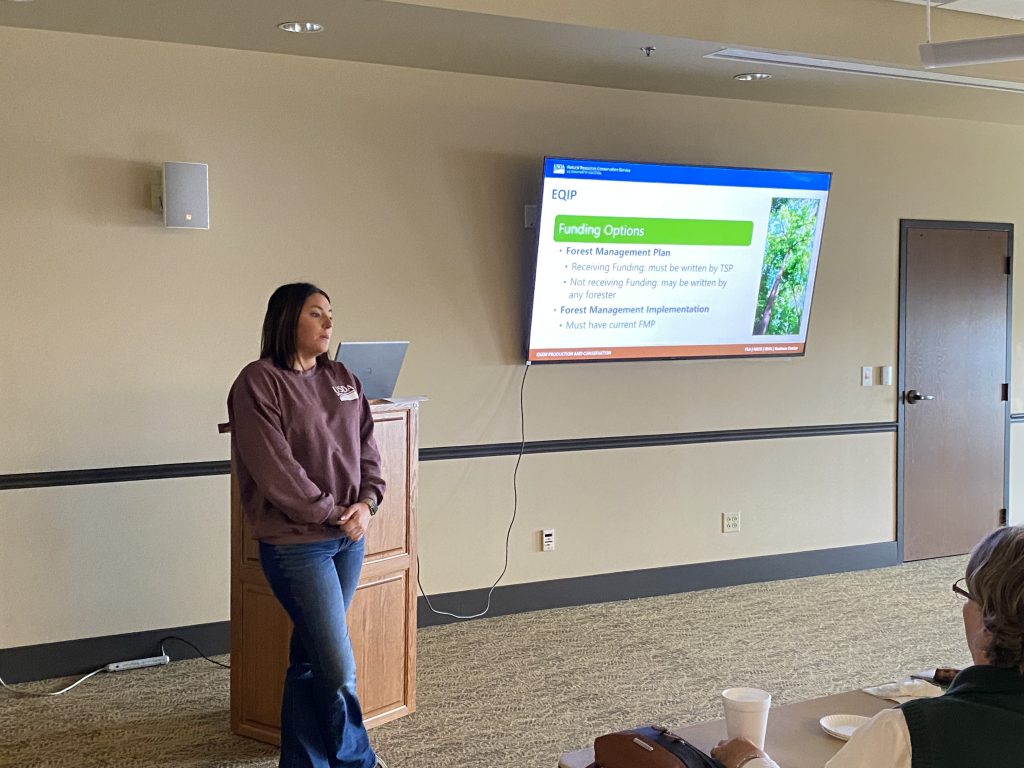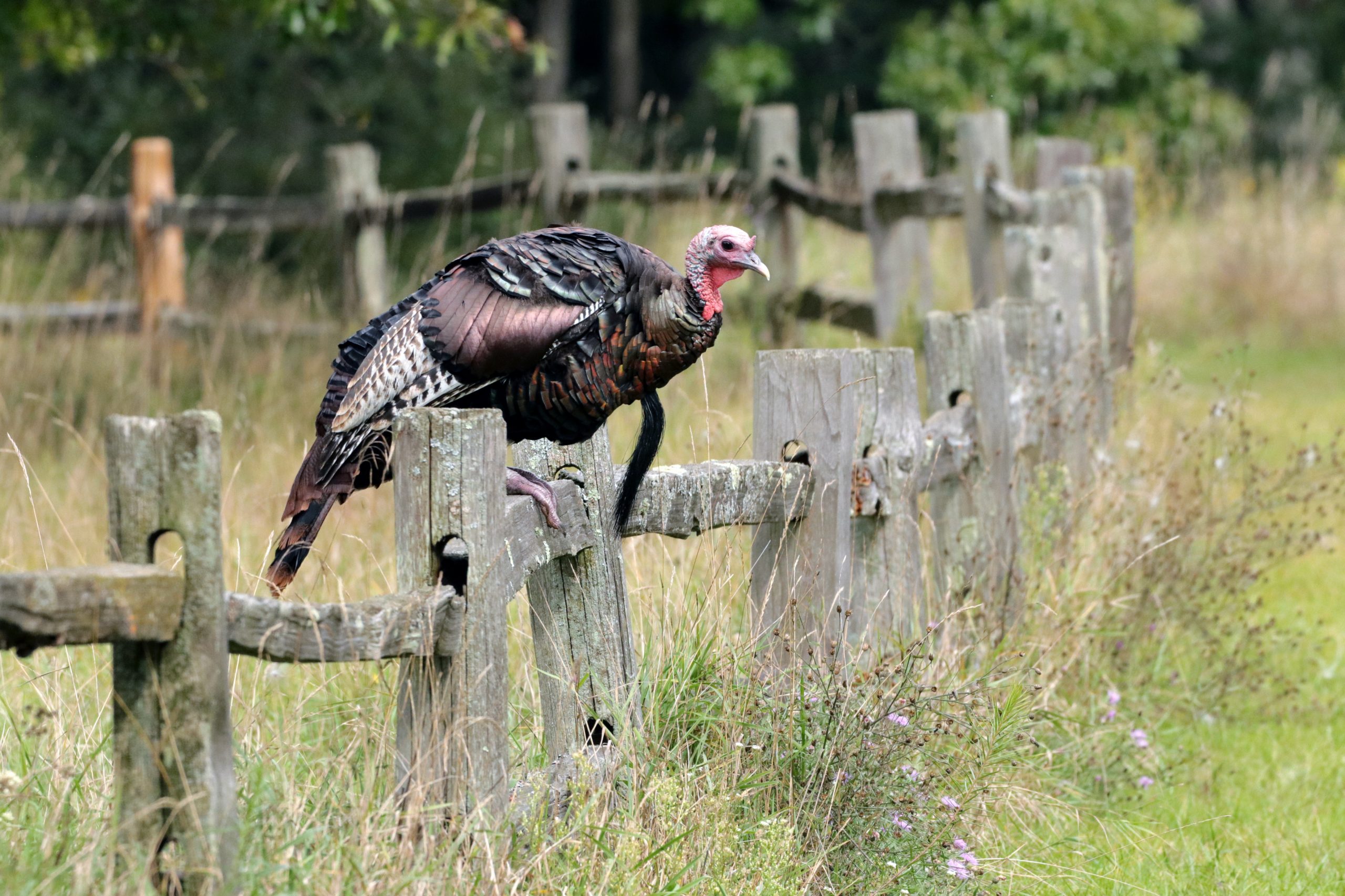NWTF and Partners Help Landowners Improve Their Property for Wildlife
Representatives from the NWTF, Pheasants Forever, U.S. Army Corps of Engineers and the USDA Natural Resources Conservation Service recently held a workshop to educate private landowners about improving wildlife habitat on their properties.
With over 60% of the United States being privately owned, bridging the gap between publicly owned and privately owned lands is essential for the contiguous habitat that wild turkeys and countless other wildlife species need.
NWTF biologists and foresters across the country often work with private landowners, providing solutions and vital information to help landowners reach their goals while improving the land for wildlife.
Stacy Lindemann, NWTF forester for central Illinois, and conservation partners recently held a private landowner’s workshop in Shelby County, highlighting the importance of forest management practices and informing landowners about available resources in the area, including cost-share programs such as the Environmental Quality Incentive Program (EQIP).

“Reaching private landowners is essential for delivering conservation on a landscape scale,” Lindemann said. “Educating landowners like we did at this recent event is just as important as the conservation work itself. Our event had 38 private landowners from eight Illinois counties who own thousands of acres. Informing and networking with them serves as a springboard for them both to be enrolled in cost-share programs and implement conservation-forward management practices themselves.”
Lindemann highlighted specific ways to increase wildlife abundance, not just for turkeys but for many other game and nongame species, including increasing sunlight to the forest floor, releasing hard-mast trees to improve nut production, releasing wildlife friendly trees — such as fruit-bearing trees — using prescribed fire, increasing plant and tree diversity and more.
“These practices provide the four key components of wildlife habitat: food, water, cover and space,” Lindemann said. “Establishing these four key components are accomplished through tailored management practices, like invasive species removal, prescribed burns, forest-stand improvement and tree plantings.”
The NWTF forester also noted that implementing these practices improves overall ecological value and recreational and aesthetic benefits for landowners, including hunting, fishing, bird watching and more.
Lindemann concluded her presentation by answering questions and providing Illinois landowners with local resource information.
“By reaching private landowners like this, we can bridge the gap with our work on public lands, such as on state WMAs and in national forests, leading to more robust wildlife populations and ecological health on a landscape scale,” Lindemann said.
In addition to landowner workshops, the NWTF works through numerous other facets to conserve and enhance private lands, including partnering with the U.S. Fish and Wildlife Service via the agency’s Partners for Fish and Wildlife Program, as well as through the NWTF’s co-convened National Forestry Initiative.
Working with private landowners through multiple avenues improves habitats otherwise inaccessible to management and allows for significantly more contiguous habitat for wild turkeys and other species, not to mention making the landowner’s property safer, more resilient and more of an asset. It’s a win for wild turkeys and everyone else involved.
